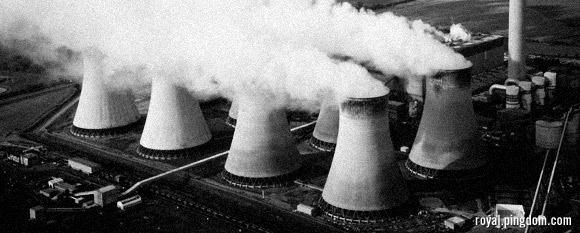There has been a lot of discussion the last couple of years about how power costs have become a major expense for data centers.
The latest entry in the debate comes from an AMD-sponsored report by Jonathan Koomey of the Lawrence Berkeley National Laboratory. According to the report, power for servers and their cooling equipment took up 1.2% of the entire U.S. power consumption in 2005. To put that into perspective, it’s the equivalent amount of power consumed by color TVs. How much money is that? A whopping $2.6 billion in the U.S. alone.
Note that this still doesn’t include power for data storage and network equipment, or their cooling.
Google has been trying to bring this issue to the forefront for at least a few years now, warning that long-term power costs may soon exceed the actual costs for the servers themselves. Considering Google maintains an estimated 450,000 servers, you can see why they are concerned.

Image: We really would like to see less of these, not more…
The Internet is growing rapidly all over the world. If the current, alarming trend continues, with more and more servers added, the collective server power consumption will have doubled again by 2010. Fortunately, there are several incentives to counter this trend.
Money and marketing providing motivation
One motivation, probably the main one, is monetary. More efficient equipment = less power consumption = lower costs. This one is a no-brainer.
The other motivation is environmental, which, fortunately for the environment, is something marketable. No one can deny that the state of our environment is at an extremely critical stage. Anyone who has seen An Inconvenient Truth knows what we’re talking about.
The big boys are going green
The good news is that the companies that can really make a difference are stepping up to the plate. Enter The Green Grid, a relatively new consortium for data center power efficiency with some really big players such as AMD, Intel, IBM, Microsoft, Dell, Sun and several others on board. Hopefully the initiative will be a success and lead to significant power savings down the line.
























